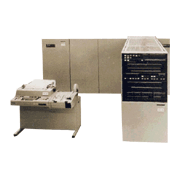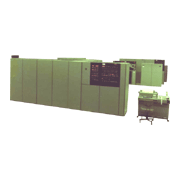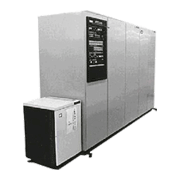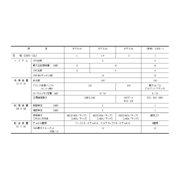The DIPS-11/10 Series was developed by incorporating the evaluation results for the DIPS-1 with the technical progress achieved after the DIPS-1 and by adopting three basic design goals. These goals were to (1) be compatible with old software, (2) broaden the range of applicability by expanding into multiple models, and (3) use distinctive technology from each of the firms in charge of manufacturing. Practical development began in June 1973 at the Electrical Communication Laboratories of Nippon Telegraph and Telephone Public Corporation, and three models were completed between September 1975 and June 1976.
In terms of hardware manufacturing, Hitachi was in charge of the DIPS-11/10 (prototype completed in September 1975), NEC was in charge of the DIPS-11/20 (prototype completed in November 1975), and Fujitsu was in charge of the high-end model, the DIPS-11/30 (prototype completed in June 1976). Systems with an outstanding cost-performance ratio were achieved by using component technologies that were advanced for that time, such as highly integrated logic elements and IC memory (see "DIPS-11/10 Series Main Specifications").
This series was also a leader in distributed processing. A system of delegating most host-side communication processing to a communications control processor (7300CCP: prototype completed in 1975) was used.






